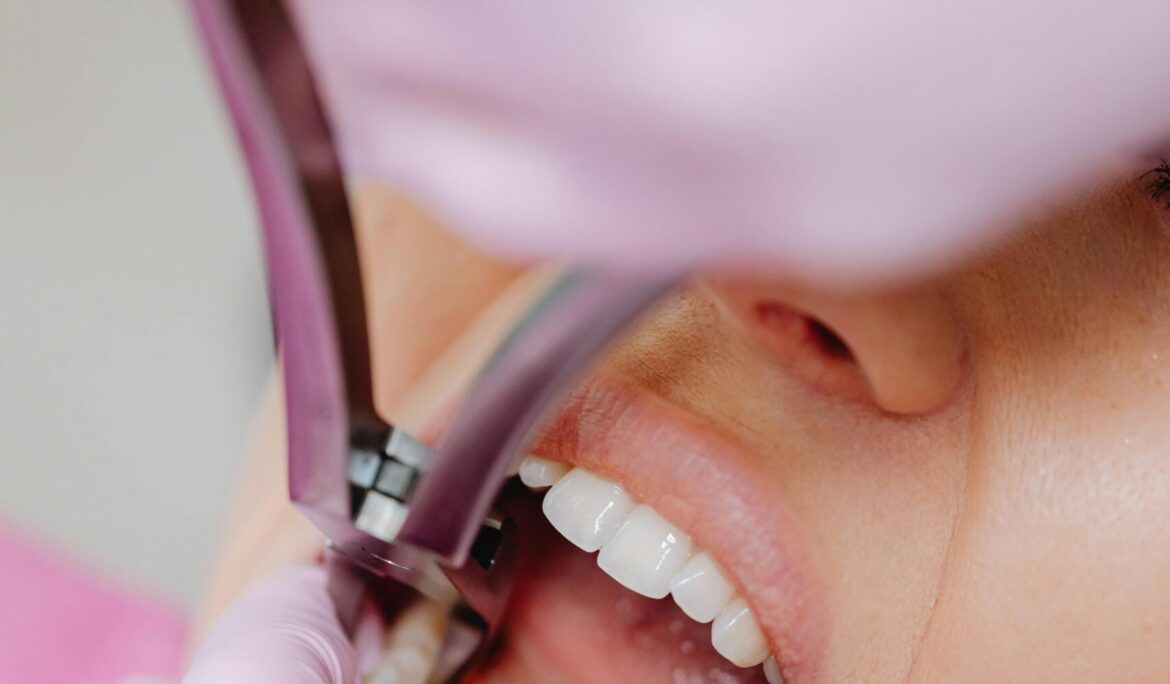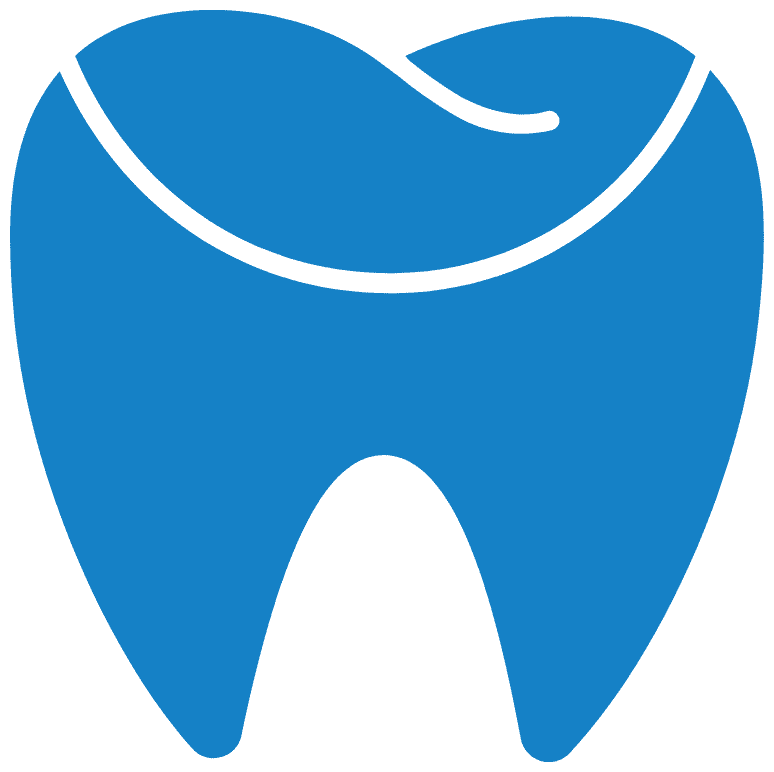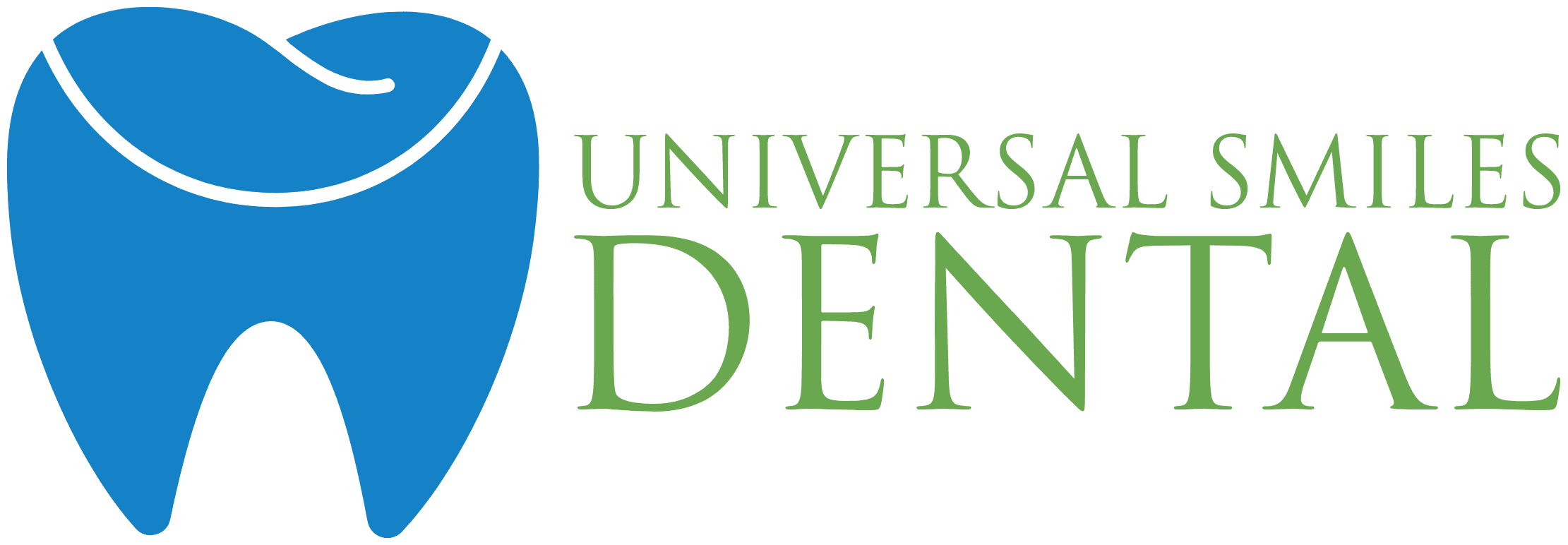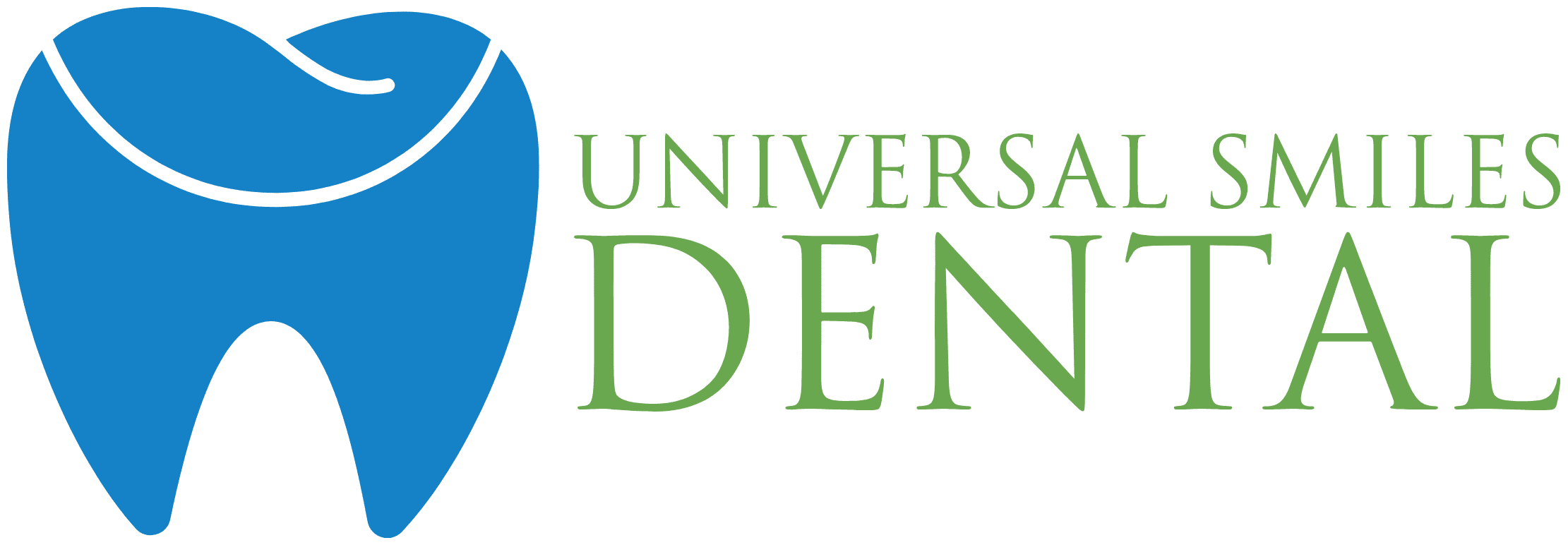Tooth Extraction Healing: What to Expect and How to Ensure Smooth Recovery

Tooth extraction healing is an important process that plays a big role in your overall oral health and comfort after a dental treatment. Moreover, whether it is because of tooth decay, a gum disease, trauma, or orthodontic procedures. Tooth extractions are common and so is the need to learn how the healing process works. At Universal Smiles Dental, our expert dentists ensure that every extraction is performed safely. This comes along with complete guidance by us on how to heal quickly and effectively.
Therefore, if you have recently undergone a tooth extraction, or are preparing for one, knowing what to expect during the healing phase will decrease your anxiety and offer the best results.
Understanding the Tooth Extraction Healing Process
After a tooth is removed, the body starts a natural process of healing. In the beginning, a blood clot is formed in the socket, which is necessary for protecting bone and nerves and laying the foundation for tissue regrowth. Additionally, over the next few weeks, gum tissue will start to close over the extraction site. Finally, the bone beneath the site of procedure will remodel and fill the socket.
The entire tooth extraction healing process can take somewhere from a few days to several weeks. This usually depends on the type of extraction either simple or surgical, the location of the tooth, your overall health, and how closely you follow post procedure advice. Remember, if you are getting a tooth extraction in Donnybrook, rest assured that Universal Smiles Dental uses gentle ways and modern tools to minimize discomfort and increase the healing efficiency.
Tooth Extraction Healing Timeline: What Happens Day To Day
We have summarized a general timeline of what to expect during your tooth extraction healing journey:
- At Day 1 to 2 a blood clot formation starts in the tooth socket immediately after the extraction is done. Moreover, during this time you may experience some bleeding, swelling or minor discomfort. However, remember to avoid touching the site of clot formation or harshly rinsing or using a straw.
- At day 3 to 5 the inflammation and tissue repair has started and therefore, the swelling will start to decrease. Moreover, you may still feel some tenderness but decreased pain since new tissue is forming in the socket.
- In 1 week the gum tissue starts to close the extraction site wound. Additionally, the pain would greatly decrease and if any stitches were applied, they may be removed.
- Within 2 or 3 weeks the soft tissue heals further and the extraction site appears almost closed. Alternatively, you can resume light brushing on this area by the end of 2nd week.
- On reaching week 4 to 6 the bone remodeling process starts as the part of bone beneath the gum rebuilds itself. Now, the healing continues under the surface.
For patients who get tooth extraction in Bundoora, our team at Universal Smiles Dental offers a custom healing plan. This includes regular follow up checks to ensure proper healing.
Tips for helping speed up the Healing Process
Quick and safe healing after an extraction depends usually on how properly you care for the site post procedure. You can easily follow some of the below listed tips to help with fast recovery.
- Bite down on a gauze piece
Keep pressure on the gauze piece provided by your dentist to help stop bleeding and allow the clot formation.
- You can use ice packs to numb the area
Apply an ice pack for 10 to 20 minutes every hour to decrease swelling and pain in the first 24 hours.
- Take medicines prescribed by your doctor
Follow your dentist’s guidance on over the counter painkillers and any antibiotics prescribed. Remember never to take any medicine without consulting your dentist.
- Maintain a proper oral hygiene
Do not brush near the site for at least 24 hours after the procedure. Moreover, after brushing can be considered safe, always use a soft bristled brush and rinse your mouth gently with saltwater.
- Do not smoke or consume alcohol
This is true since these habits can remove the clot and delay healing or cause a painful condition known as dry socket.
- Eat only soft diet
Take only soft items like yogurt, smoothies, mashed potatoes, and soup (not too hot) in the first few days. Avoid crunchy, hard, or spicy food.
Alternatively, if you are recovering from a tooth extraction in Kilmore, we recommend coming in for a check up at Universal Smiles Dental if pain stays beyond a few days or increases at any time.
Conclusion
Tooth extraction healing differs based on the type of treatment and your personal habits. However, understanding the signs of normal compared to complicated healing will make all the difference.
Therefore, little to no bleeding, pain that is manageable with over the counter painkillers, and slow but consistent swelling decrease are normal. All the while constant severe pain, pus, bad smell from the mouth, fever, or heavy bleeding are signs of complications that demand immediate dental care. Whether you are recovering from a simple tooth extraction or a surgical one in Donnybrook, Bundoora, or Kilmore. Following the right post treatment care routine, like maintaining proper nutrition, keeping your oral health in check, avoiding smoking, and attending follow up appointments will ensure faster recovery. Moreover, at Universal Smiles Dental, we help our patients every step of the way and offer tailored tips to decrease risks of problems like dry socket, a painful condition caused by the loss of the protective blood clot. Additionally, if symptoms like severe pain or a bad taste persist, immediate clinic visits will ensure on time relief and proper healing.


